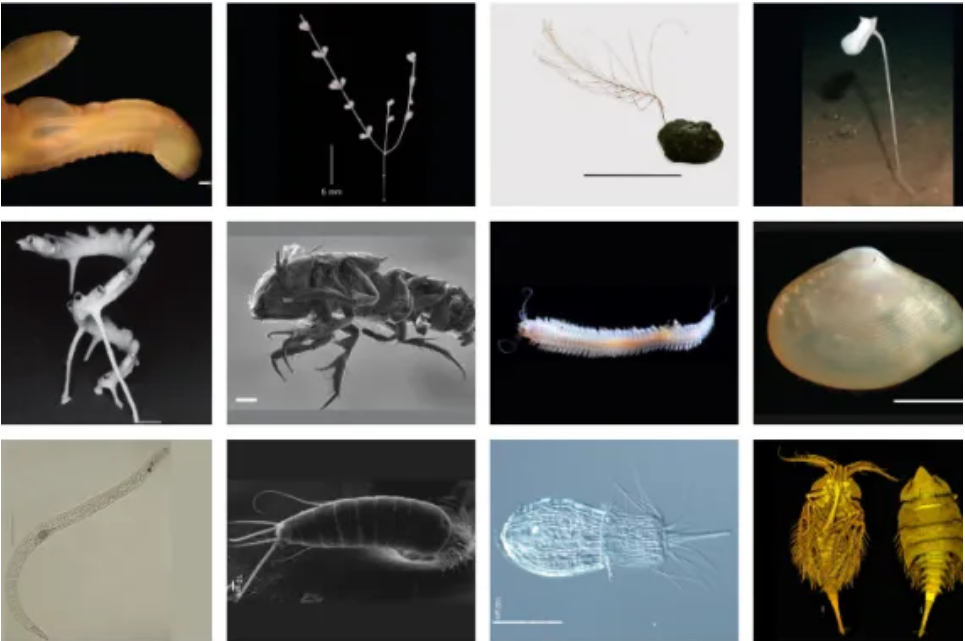Scientists find 5,000 new species in Pacific, warn of mining risk
27-May-2023A study has identified more than 5,000 new species living in deep-sea habitats in the Pacific Ocean in a region known as the Clarion-Clipperton Zone (CCZ), a seabed targeted for mining in the coming years.

A study has identified more than 5,000 new species living in deep-sea habitats in the Pacific Ocean in a region known as the Clarion-Clipperton Zone (CCZ), a seabed targeted for mining in the coming years.
The zone extends roughly 6 million sq km (2.3 million sq miles) between Hawaii and Mexico.
Researchers said on Thursday (May 25) that they had identified 5,578 species in the zone, of which 92 percent were new to science.
“There are 438 named, known species from the CCZ,” said the study’s lead author, Muriel Rabone, deep-sea ecologist at the Natural History Museum London. “But then there are 5,142 unnamed species with informal names.”
“These are species that haven’t been described yet, meaning we might know the genus but can’t identify the species. It is actually a lot more than I thought.”
Most species recorded were arthropods, invertebrates with exoskeletons made of chitin, such as shrimp, crabs and horseshoe crabs. Others were worms in the annelid and nematoda groups.
The scientists used taxonomic surveys for the area that began decades ago as well as data made available by the International Seabed Authority, which has requested companies interested in mining collect and share environmental information.
The findings illustrate that “the CCZ represents significant undescribed biodiversity” and “the novelty of the region at deep taxonomic levels”, said the study, published in the Current Biology journal.







